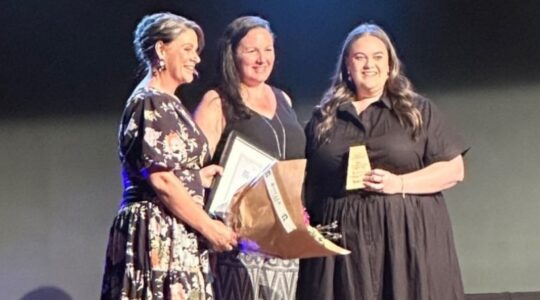The incidence of gynaecological cancers, which kill six Australian women each day, is expected to jump my more than 20 percent by 2035.
A new report from the Australia New Zealand Gynaecological Oncology Group (ANZGOG) found more than 42,900 children were projected to lose their mothers to gynaecological cancers over the next 10 years.
ANZGOG CEO Alison Evans said 19 Australian women are diagnosed with gynaecological cancer daily, with cases expected to increase by 21 percent in the next decade.
“Six women die from gynaecological cancers each day in Australia (and) over 55 percent of gynaecological cancers are rare or less common, meaning there are limited treatment options available,” Ms Evans said.
She said gynaecological cancers, including uterine (and endometrial), ovarian, cervical, vulvar and vaginal, contributed to a significant proportion of cancer-related deaths in women.
“Unlike other cancers and chronic diseases, gynaecological cancers often grew silently during the curable stage, so that when detected, the cancer was often advanced and incurable.”
Ms Evans said gynaecological cancers had some of the poorest outcomes and the widest inequities of any major cancer group.
“Women are being diagnosed late, they are unable to access the best treatments for their cancer and are left feel isolated and unheard.”
She said the new Gynaecological Cancer in Australia 2025 Overview drew on the latest national data to highlight the growing burden of these cancers, including the stark inequities faced by women in regional, rural and remote areas, those from lower socioeconomic backgrounds, and First Nations women, reinforcing the need for urgent action.
“Despite the sobering statistics, there is hope. Advances in research, molecular profiling and clinical trials are beginning to transform care, but only if investment and awareness follow.”
Download: Gynaecological Cancers in Australia 2025 Overview








